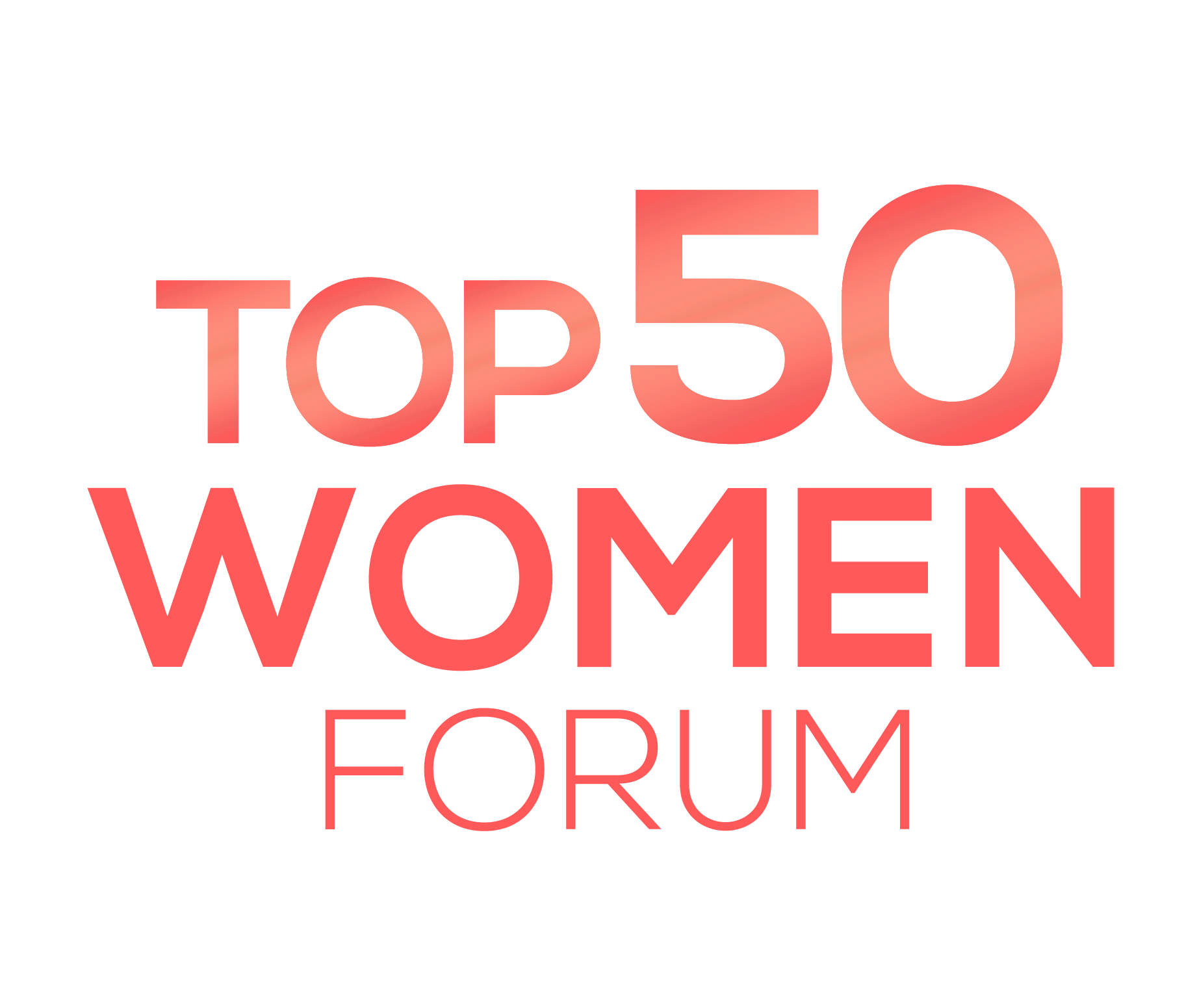While most may view Barbie as a children’s toy, others see it as a means to make a statement. Twenty-five-year-old Haneefah Adam, a Nigerian visual artist, transformed the classic doll with a new look and created Hijarbie, Barbie wearing a hijab. Her unique take on the timeless doll has garnered worldwide attention from fans, celebrities, and the media.
Adam says, “I understand that kids mostly play with dolls, but the way Hijarbie was created, it was an avenue for self-expression. I created the Instagram page so young and older girls or women can still see it and be inspired. Either for the mums who want something different for their daughters or to see wholesome Instagram content”.
She took the doll, generally aimed at youth, and sought to increase the reach of its audience by appealing to a more under-represented group, Muslim women. Historically, the doll market has had few options for girls that feature Muslim culture. “Most of my artistic expressions cover women’s issues. I USUALLY PORTRAY WOMEN because I’m a woman and draw most of my inspiration from my lived experiences.”
Over its lifetime, Barbie has enjoyed more than 200 professions, ranging from dog walkers to astronauts. Adam’s Hijarbies take this directive a step further by highlighting female Muslim heroes, such as US Olympic fencer Ibtihaj Muhammad, British fashion influencer Habiba da Silva, Egyptian marathon runner Manal Rostom, US Democratic senate candidate Deedra Abboud, award-winning filmmaker Samah Safi Bayazid and Somalian-American state representative Ilhan Omar.
Adam is not alone in this global Barbi-fication phenomenon. Barbie has led to a pink revolution in fashion and pop culture. This past year has seen a ‘Barbie pink’ spike in Google searches, and its social media mentions increased by 21 percent. Last winter, Pierpaolo Piccioli’s 2022 collection featured all-pink at the Valentino fashion show in Rome. Celebrities have also taken to the trend, with A-listers such as Priyanka Chopra, Zendaya, and Anne Hathaway seen sporting Barbie pink. While their outfits range from Western-styled pantsuits to evening gowns, there was a shortage of other cultural garbs making headlines. For Adam, this was an opportunity.
“As a Muslim woman, I have seen some of the efforts designers in the fashion industry have made towards being more inclusive of modest fashion. And sometimes, when there’s no representation, we create our own. That’s how Hijarbie came about,” she elaborates.
Adam’s home country, Nigeria, has one of the largest Muslim communities in Africa, with roughly half its population being Muslim. The traditional garb of Muslim women features a more modest approach to fashion. Although there is less emphasis on exposure, there is still a high demand for style. “I consider a lot of factors. What I’m trying to portray and what mood the doll might be in. Is she dressing up for a formal event or a casual fun outing? This will inspire what style or colors she’ll put on.”
Seeing a classic Barbie wearing a hijab quickly fostered attention once Adam began showcasing her work on social media. Her page promptly gained momentum in early 2016 when she started to get noticed by media outlets as well. Her Instagram page has a substantial following just north of 60,000 and shows no signs of slowing down.
As for the future of Hijarbie, Adam plans to continue her designs. Her creativity, combined with the public’s interest, creates a wealth of options. The release of the new Barbie film has only increased visibility and sales of toys worldwide. Barbie’s sensation may be the perfect punch for Adam’s growing following. With an established platform to showcase her virtues with her work, the sky is the limit.



